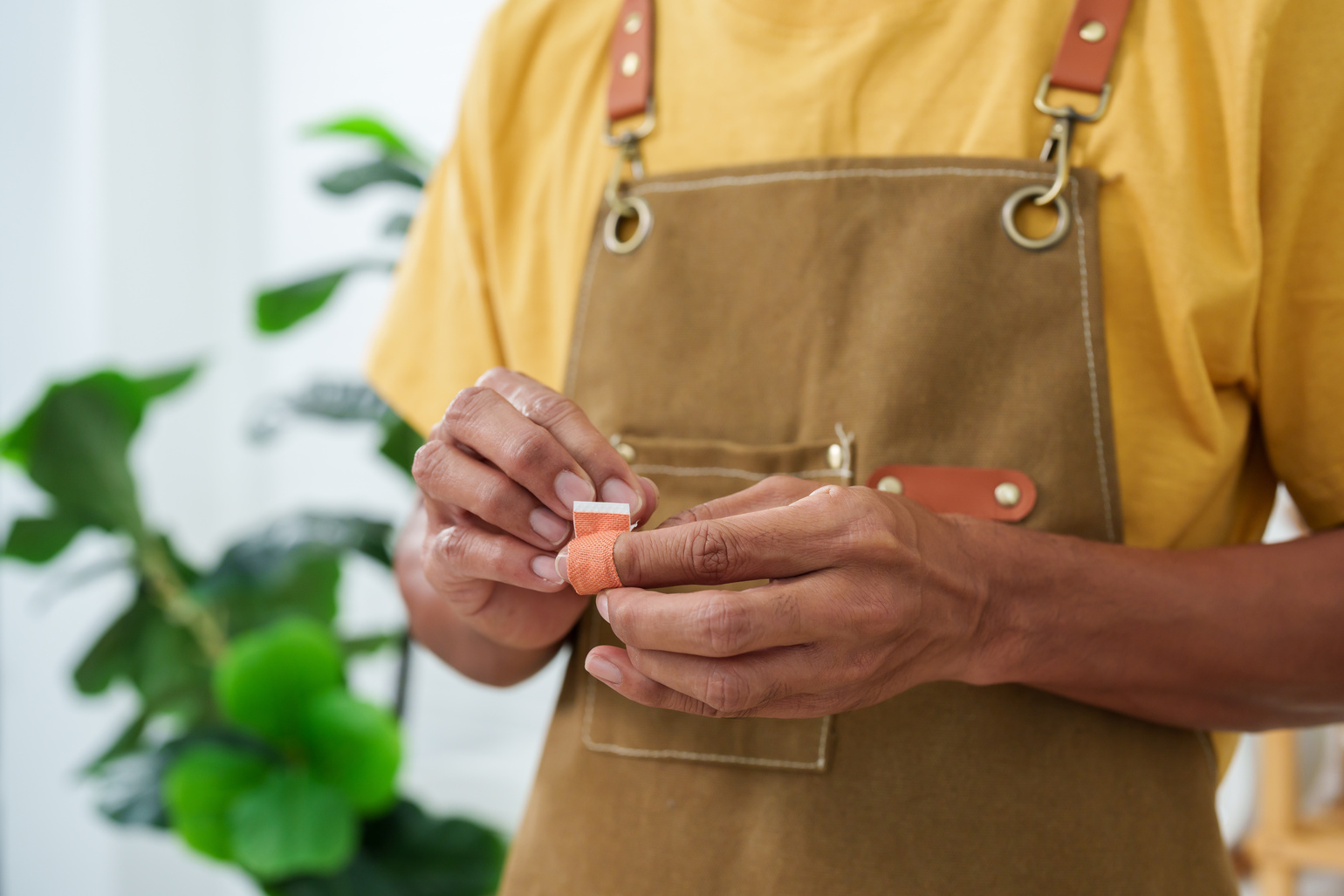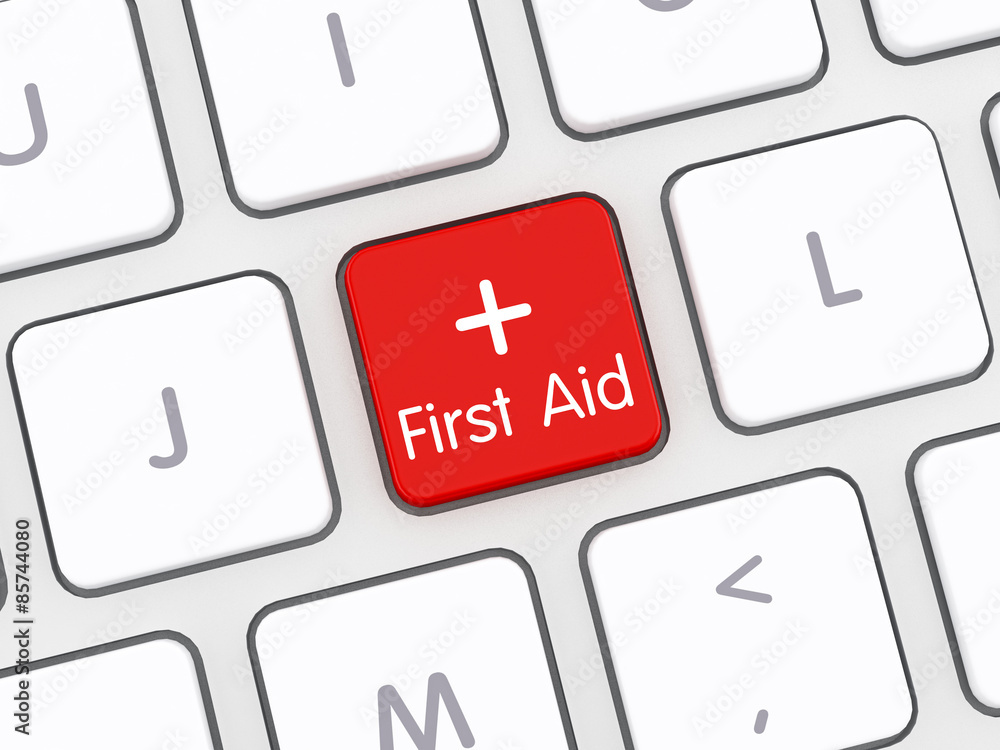
- /
- /
Editors’ note: This article was originally published in 2019, and has been amended in August 2020 with more updated and accurate information.
Maintaining a high level of hand hygiene is important in healthcare environments as it prevents cross-infections among individuals. However, hand hygiene compliance is a complex and multifaceted issue which can be difficult to understand, resulting in low levels of compliance.
Hospital-acquired infections (HAI) can kill 20-30% of patients. Hand hygiene compliance in Australian healthcare workers has improved to 84.7% compared to a 64% baseline in 2010. Yet, latest research reveals compliance rates drop as soon as auditors are off the hospital perimeters.
And the costs are prohibitive. Both when it comes to human lives and the Australian economy. The costs of surgical site and bloodstream infections alone amount to close to $1 billion.
So, how do you improve hand washing performance at your healthcare organisation? To start with, you need to narrow down compliance strategies to figure out what works in practice.
What Are the 5 Moments for Hand Hygiene?
The 5 Moments for Hand Hygiene is a WHO’s program that defines the optimal moments healthcare workers should wash their hands.
The program’s devised to protect patients and healthcare workers from contracting a life-threatening disease. Nothing can beat prevention when it comes to HAIs.
The compliance is critical in moments that pose the greatest risk of infection.
Recent findings from a University NSW study, reveal a sudden drop in compliance rates when human auditors are excluded from the equation. Specifically, a drop from 94% to 30% in the medical ward and 86% to 55% in the surgical ward.
However, since 2008 the Hand Hygiene Australia (HHA) has been helping healthcare facilities to implement the National Hand Hygiene Initiative. The initiative is based on the “5 Moments for Hand Hygiene”. A program which is field-tested and evidence-based.
Field-Tested Hand Hygiene Improvement Strategies for Australian Hospitals
First of all, you should start with strategies proven to work in clinical practice. Once you collate all the procedural steps, make sure you:
- Communicate the strategy organisation-wide
- Ensure the strategy is straightforward and easy to follow
- Make sure the strategy is being implemented, improved and sustained at all times
Above all, good hygiene promotion should be viable and reasonably easy to put into practice.
Now, the following hand hygiene improvement steps draw heavily on the WHO Multimodal Hand Hygiene Improvement Strategy. And this strategy is proven effective and workable by experimental and clinical studies.
1. Choose Hand Hygiene Products Wisely
Think about this for a moment. The healthcare industry requires careful attention in just about any organisational aspect. You don’t want to risk human lives.
This applies much the same to your choice of antiseptics for cleaning hands.
So, when ordering your hospital supplies make sure you:
✔ Choose only alcohol-based hand sanitisers that contain 60-95% of alcohol.
✔ Supply your surgical ward with hand sanitisers specifically formulated for presurgical hand antisepsis.
✔ Conduct a poll among your healthcare staff before choosing a product. Some products can cause skin irritations and have negative effects on your hand hygiene compliance rates.
The rule of thumb remains to use soap and water when hands are visibly soiled. And alcohol-based hand rubs when there are no traces of dirt. Yet, discussions remain on whether hand sanitisers are enough on its own to ward off germs.
Good news:
According to the Hand Hygiene Australia’s (HHA) findings, alcohol-based sanitisers are proven the most effective against most hospital pathogens. They’re shown to work remarkably well against Gram-positive, Gram-negative bacteria, and against enveloped viruses.
But there’s something else to them that makes them a good fit for a hospital setting. It’s easy to use. Hand washing takes time.
And as William Parks, MD, chief medical officer at Memorial Hermann The Woodlands said,
“We’re asking nurses to wash their hands 200 times a day, and they’ll most likely cross the threshold in excess of 170 times a day.”
So, using alcohol-based hand rubs:
- Allows nurses to clean hands within seconds and move between tasks faster,
- Boosts compliance rates, and therefore
- Ensures increased safety for patients.
Fresh & Clean can deliver industry standard hand sanitisers right to your healthcare facility’s door. The added moisturiser in the formula prevents irritations and hand drying. As part of our service, we ensure it’s always refilled.
2. Make Hand Washing Stations Accessible at Strategic Points
30 seconds of hand rubbing with alcohol makes a world of difference for nursing staff. As reduced cleaning time helps them manage their workflow more easily.
But as it is, hand rubs are found inefficient against some strains of viruses and bacteria. Namely, Clostridium difficile, Norovirus, and other types of non-enveloped viruses.
So, cleaning hands with soap and water is strongly recommended during outbreaks of such infections.
Beyond that, strategically placing hand wash stations is a keystone in enhancing hand hygiene compliance. And the following steps will help increase your numbers:
- Provide continuous water supply in each unit-of-care
- Make sure the sink area is regularly replenished with soap and paper towel dispensers
- Provide convenient access to alcohol-based hand rubs. Relocate them periodically to remain in line with your staff’s workflow.
- Ensure all hand hygiene items are localised in one area and keep a standardised layout in all patient rooms. Streamline your staff’s workflow – keep gloves, waste units and hand sanitisers in one place.
- Install portable sinks in isolated work areas.
Another important point to consider is the effectiveness of your hand drying systems. As a patient care provider, you should aim for the most hygienic and sustainable alternatives out there.
Continuous towels are an obvious choice because of the environmental, financial and health benefits they bring to the table. They are:
- Much more absorbent than other drying methods which means they minimise chances of cross-contamination.
- Based on two-compartment areas and sanitised using the highest temperatures for maximum hygiene.
- An environmentally friendly and economical alternative to paper towels and air dryers.
3. Assess Barriers to Hand Washing in Your Facility
Want to create a hand washing program that’s sustainable so you don’t start from scratch over and over? Devising a real culture-changing strategy takes a lot of honing and fine-tuning.
What you want to avoid at all costs is a familiar story that usually goes like this. You devise a strategy and invest resources only to discover it didn’t work as expected.
Now:
What you need here is a good systematic assessment of barriers to hand washing compliance. You target the main reasons your healthcare workers don’t comply and then tailor your strategy to overcome them.
A 2015 study observing 8 different hospitals unravels some of the most common underlying causes of noncompliance. And these are:
- Compliance would cause significant delays in workflow
- Staff’s perception of too many required hand washing events
- Too many patient room entry and exit instances
- Skin irritations and skin dryness caused by hand cleaning products
- Hand washing and drying products aren’t conveniently placed
Or put it this way. You can’t make much progress without enough skilled hygiene workers on the ground. You need a system-wide effort that includes healthcare compliance officers, hygiene specialists and infection control experts.
Want to raise your chances of success even more? Then ask yourself these questions:
- Is implantation feasible in a certain time limit?
- Do you have the resources available? And if not, what are the chances of obtaining them (e.g. a steady supply of hand rub at an affordable price)?
- Is change within our own power or do we need additional support (e.g. do we need government support, a policy change, or a good supply of high-quality educational materials)?
4. Take a Bundled Approach to Your Hand Hygiene Compliance Strategy
It’s no use hammering away at any singled out approach. There are limitations to any of them taken individually. Only a bundle will help you achieve compliance with recommended guidelines.
And only the one that aspires to address and transcend specific barriers at your healthcare organisation. It’s only when different improvement aspects come together that they can have any meaningful effect.
Want improved adherence? Create a strong multimodal core strategy and take it from there. According to the Society for Healthcare Epidemiology of America (SHEA), at a minimum, a successful bundled approach should include:
- Access to automatic hand sanitisers
- Staff educational courses
- Active organisation feedback
- Workplace reminders – printed, verbal, electronic
5. Educate Your Healthcare Professionals
Healthcare facility management should ensure staff competency regarding hand washing procedures. As well as other standard precautions about HAIs.
So, you need a well-rounded, continual training that focuses on the following concepts. They give weight to hand washing and boost the chances of compliance.
- Ground your training in accountability. Present hand hygiene compliance as an organisational priority. Make everyone accountable for hand hygiene adherence.
- Create a culture of devoted care to patient and healthcare worker safety. Bring the message home through initial coaching and follow-through.
Now get this:
A 2010 survey conducted in Italian emergency departments shows hand hygiene training yields good results. The survey focused on awareness of proper HAIs control measures such as:
- Wearing protective gloves, mask and eyewear
- Practising proper hand washing procedures
The survey findings conclude that 86.3% of healthcare workers were aware of both preventive measures. But this knowledge was more likely to be found in nurses who:
- Had fewer patients a day to provide care for
- Knew that hands are the pathway for transmission of HAI pathogens
- Were informed about HAIs from scientific journals and educational training
6. Undertake Internal Audits to Measure Adherence
But we’re not through yet.
Regular internal compliance audits will help you gauge the effectiveness of your hand hygiene program. You can use either of the three methods:
- direct observation,
- product measurement, or
- automated monitoring
A comparative study of methodologies published in the International Journal of Infectious Diseases showed an insufficient correlation between the results obtained by the different methods. The study therefore suggests periodic switching between the methods.
Now, if you want better results, include an adjunct monitoring of hospital infection rates. This way your staff will be able to see how these rates correlate with changes in their hand washing behaviour.
Furthermore, the Hand Hygiene Australia program offers a useful web-based data entry application. It allows your auditors to:
- Submit compliance data via the app that syncs directly into the national database
- Cut down on data management time
7. Provide Feedback on Your Staff’s Performance
And finally. The compliance feedback you give and receive back from your healthcare staff is critical.
This two-way communication can trigger a sweeping change in compliance rates.
Here are a few ideas to get you started:
- Assemble a response team directed by a senior administrator. Strong leadership will help you come across as an organisation committed to hand hygiene.
- Provide continuous real-time performance feedback. Verbal reminders by auditors and direct education grounded in facts can make a difference.
- Display monthly compliance data on an information board or a hospital website. Discuss results with hospital staff during meetings.
- Set individual or group-specific compliance goals. Inspire improvement by including HAI rates.
- Include reward incentives. Give recognition to workers that reach a certain level of compliance. Acknowledge improved hand hygiene at the institutional level.
Maintain a Reliable Flow of Hand Hygiene Supplies
Now you’ve got all the necessary components of what makes a good hand hygiene compliance strategy. Next, you need to figure out which of them works for your organisation. Then swing into action.
You need to allocate the resources and form a dedicated project team to coordinate the program. A systematic behavioural change takes effort. So, you’ll need all the help you can get.
Getting yourself an external supplier will start you on the path to a sustainable hand hygiene program. Fresh & Clean is just the right partner for that.
We service over 48,000 Australian businesses with our comprehensive hygiene systems. These include washroom supplies such as hand sanitisers, soap dispensers and hand drying systems.
We go an extra mile to assist our clients in creating a clean and sanitary workplace. And it’s all Fresh & Clean’s business now.
You can take us as a one-stop place for your hospital supplies. We also provide a wide range of professional hospital uniforms, WH&S compliant first aid kits and clinical disposal bins.
Give us a call now. We’re more than ready to help tailor our services to your healthcare organisations’ needs.






